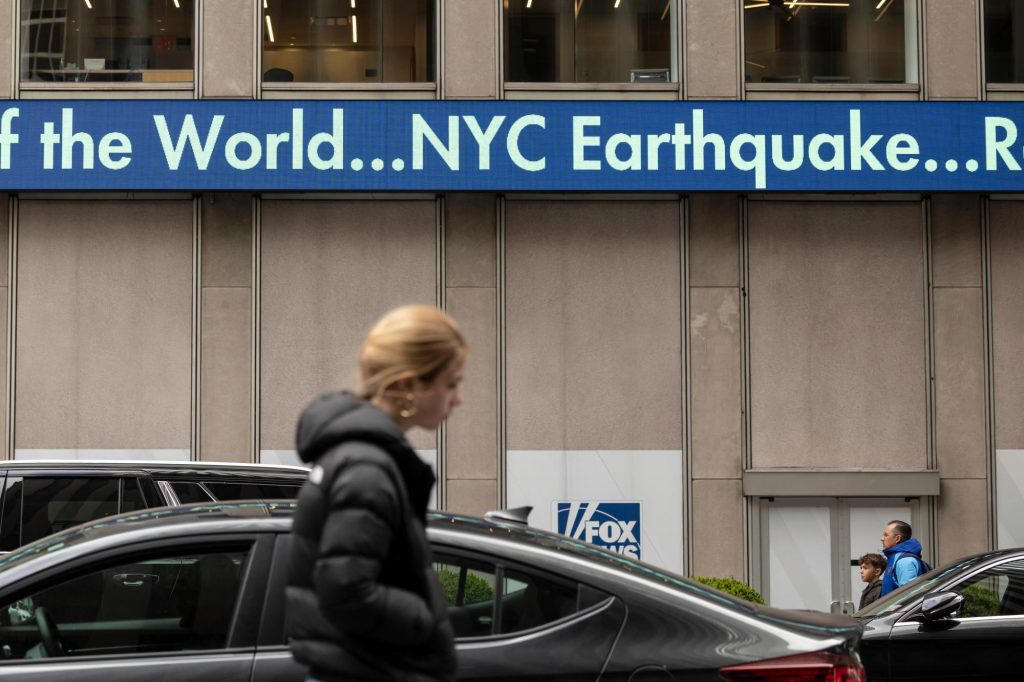By ADITHI RAMAKRISHNAN (AP Science Writer)
DALLAS (AP) — A 4.8-magnitude earthquake occurred near Lebanon, New Jersey, on Friday, causing weak tremors felt as far as Baltimore and the Massachusetts-New Hampshire border. There have been no reports of life-threatening injuries or major damage.
Here’s what you should understand about earthquakes on the East Coast.
Earthquakes big enough to be felt by many people are relatively rare on the East Coast. Since 1950, the United States Geological Survey has recorded about 20 quakes with a magnitude above 4.5, compared to over 1,000 on the West Coast.
However, East Coast earthquakes like the one that occurred on Friday do happen.
Jessica Thompson Jobe from the USGS’ Earthquake Hazards Program mentioned that there has been a history of similar-sized earthquakes in the New York region for the past few hundred years.
In 2011, a 5.8 magnitude earthquake near Mineral, Virginia, shook East Coast residents across a wide area from Georgia to Maine and even southeastern Canada. The USGS described it as one of the most widely felt earthquakes in North American history.
The earthquake caused $200 to $300 million in property damage, including to the Washington Monument in Washington, D.C.
The West Coast is located on a boundary where sections of the Earth’s crust rub together, causing stress and slippage along fault lines that generate earthquakes relatively frequently.
East Coast earthquakes like the one on Friday are the result of compression over time of hard, brittle rock deep underground, according to Robert Thorson, an earth sciences professor at the University of Connecticut. He explained, “It’s like having a big block of ice in a vise and you are just slowly cranking up the vise. Eventually, you’re going to get some crackling on it.”
These East Coast earthquakes can be more challenging to locate and tend to impact a wider area. This is due to the fact that colder, harder East Coast rocks are better at spreading the energy from an earthquake.
The distribution of cities across the East Coast also means that more people are present to experience the effects of an earthquake.
Leslie Sonder, a geophysicist at Dartmouth College, pointed out, “We also have population centers over a large part of the northeast. So a lot of people around here feel the earthquake.”
According to USGS experts, there is a risk of aftershocks for weeks to months, which are expected after any earthquake. They recommend being attentive to emergency messaging from local officials.
To stay safe from tremors while sleeping, remove any furniture or objects that could fall and cause harm to you or others.
If you sense shaking, drop where you are, cover your head and neck with one arm, crawl under a table for protection, and hold on. If there’s no shelter nearby, hold your head and neck with both hands until the shaking stops.
___
___
The Associated Press Health and Science Department receives support from the Howard Hughes Medical Institute’s Science and Educational Media Group. The AP is solely responsible for all content.









